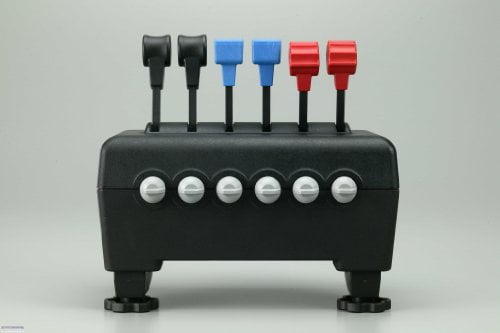

“For the most part, is one tool in the competitive arsenal,” Patti Reali, a Gartner research director of carrier network infrastructures, told TechNewsWorld. However, it’s not as though Comcast has the only ball that consumers can play with. While the Twin Cities represents Comcast’s first big super high-speed service region, the company will continue to add regions.

Even at 7 Mbps speeds, the file would still take more than an hour to download. To download the same file at 1.5 Mbps would take more than 6 hours.

However, he said, it’s also “a first step in the right direction.”Ĭomcast customers using the 50 Mbps service could download a 4 GB HD movie in about 10 minutes, Comcast reported. Weide also noted that Comcast’s offering is still experimental, in just one market, and demands a very high price point. “This is about Internet video distribution - for standard definition (SD) video to begin with - but more strategically, also about HD (high-definition) video distribution eventually,” Karsten Weide, a program director and analyst of digital media and entertainment for IDC, told TechNewsWorld. We believe wideband will usher in a new era of speed and Internet innovation for today’s digital consumers,” he added. “Wideband is the future and it’s coming fast. “This announcement marks the beginning of the evolution from broadband to wideband,” noted Mitch Bowling, senior vice president and general manager of Comcast High-Speed Internet for Comcast Cable. The new speed tier option runs across fiber-optic cable networks, and with DOCSIS, Comcast expects to deliver even faster speeds of up to 100 Mbps to its customers over the next two years - which could even ramp as fast as 160 Mbps or more in the future.

The high-speed service, however, comes with a high price - about a US$150 a month. The 50 Mbps refers to download speeds, and while its 5 Mbps upload speed is noticeably slower, it’s also quite a bit faster than previous offerings from Comcast. The new speeds come courtesy of the company’s next-generation Data Over Cable Service Interface Specifications (DOCSIS) 3.0 technology, which Comcast talked up at the Consumer Electronics Show earlier this year. up to 50 Mbps (megabits per second), significantly faster than typical low-end broadband, which comes in at 1.5 Mbps or less. Comcast is now delivering super high-speed Internet services to households in Minneapolis and St.


 0 kommentar(er)
0 kommentar(er)
